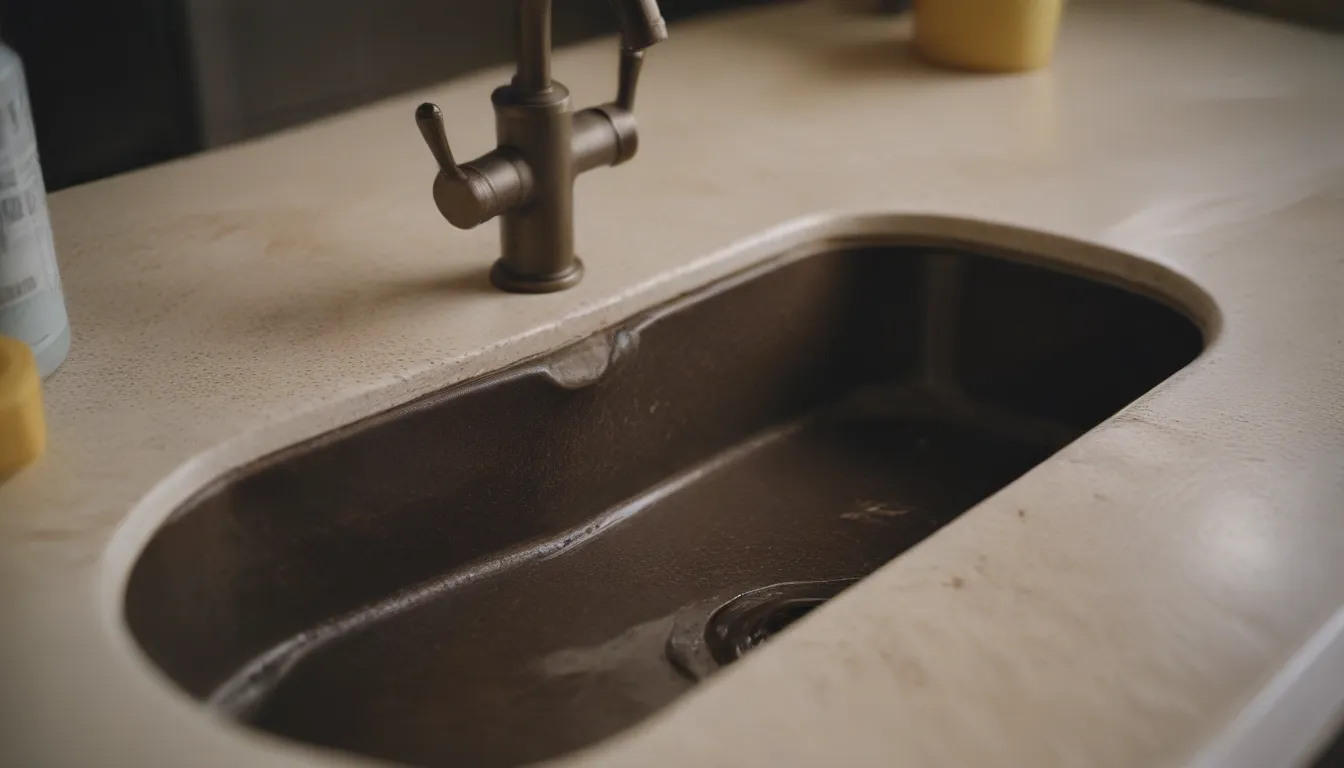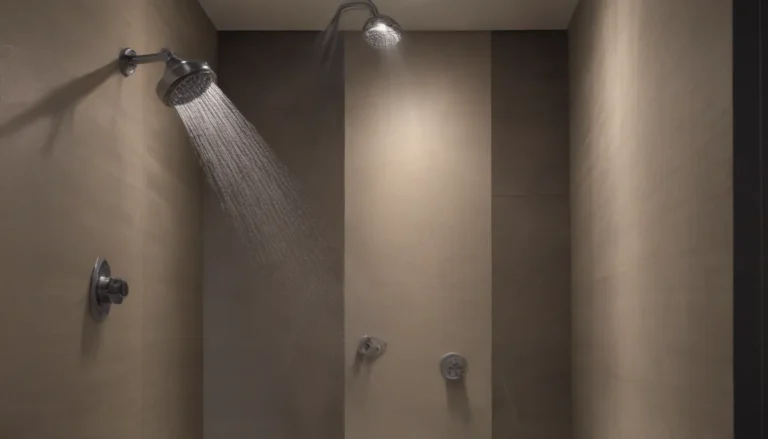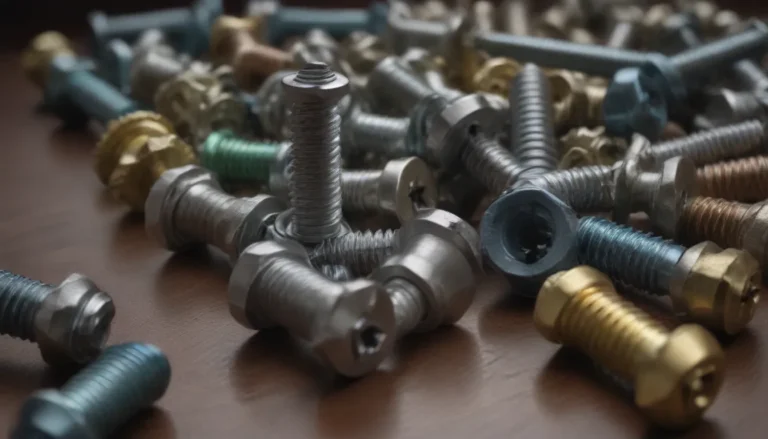12 Effective Ways to Unclog a Sink Drain

Clogged sinks are a common household nuisance that can be easily resolved with the right tools and techniques. From soap scum to food scraps, there are various culprits that can lead to a clogged sink. In this comprehensive guide, we will explore 12 effective methods to unclog a sink drain, ranging from simple DIY solutions to when it’s time to call a professional.
Common Causes of Clogged Sinks
Before we dive into the methods to unclog a sink, let’s first understand the common causes of clogs:
– Soap residue
– Hair
– Grease
– Food scraps
These everyday items can gradually build up in your drain, leading to slow drainage or a completely blocked sink.
1. Boiling Water
One of the simplest and most effective ways to unclog a sink drain is by using boiling water. This method is particularly useful for metal pipes and can help dissolve soap scum, grease, and other debris trapped in the drain trap. Here’s how you can do it:
- Boil a pot of water.
- Carefully pour the boiling water directly down the drain.
- Repeat if necessary.
Caution: Do not pour boiling water directly into a porcelain sink or plastic (PVC) pipes, as it can cause damage.
2. Baking Soda and Vinegar
For a non-toxic and biodegradable solution to unclog your sink, try using a combination of baking soda and vinegar. This method is effective for minor clogs caused by soap residue or toothpaste. Follow these steps:
- Pour baking soda down the drain.
- Follow it up with vinegar.
- Allow the mixture to fizz and sit for a few minutes.
- Rinse with hot water.
Tip: Regular maintenance with baking soda and vinegar can prevent future clogs.
3. Baking Soda and Salt
In addition to baking soda and vinegar, you can also use baking soda and salt to break down grease clogs in your sink. Simply mix the two ingredients together and pour them down the drain before rinsing with hot water.
Remember: Never pour grease down your sink drain as it can harden and cause a clog.
4. Plunger
If the above methods don’t work, it’s time to bring out the trusty plunger. There are two types of plungers commonly used for sinks: the cup plunger and the flange plunger. Choose the cup plunger for sinks, showers, and tubs, and make sure to seal the overflow opening before plunging.
5. Sink Auger
For stubborn clogs that the plunger can’t clear, a sink auger can be a handy tool. Also known as a drum auger or drain snake, this tool can reach deep into the pipes to dislodge the blockage.
Remember: If the clog is beyond the trap, you may need to remove the P-trap to access it.
6. Enzyme Drain Cleaners
When all else fails, consider using an enzyme drain cleaner as a last resort. These cleaners are mild, non-toxic, and biodegradable, making them a safer alternative to harsh chemical drain cleaners. Follow the instructions on the cleaner for best results.
7. Wet Dry Vacuum
A wet dry vacuum can also be surprisingly effective in unclogging a drain. With its powerful suction, it works similarly to a plunger but with more force. Remove the drain stopper and follow the steps to use the wet dry vacuum effectively.
8. When to Call a Professional
If you’ve tried all the DIY methods and the sink is still clogged, it’s time to call a licensed plumber. Persistent slow drainage or foul odors emanating from the drain could indicate a more serious issue that requires professional attention.
Additional Tips for Preventing Sink Clogs
- Avoid putting grease, coffee grounds, eggshells, and fibrous vegetables down the drain.
- Use drain covers to catch hair and debris.
- Regularly clean your sink and drain to prevent buildup.
By following these tips and methods, you can effectively unclog your sink drain and prevent future clogs. Remember to always prioritize safety and use caution when working with hot water or tools. With a little effort and know-how, you can keep your sink running smoothly and efficiently.





